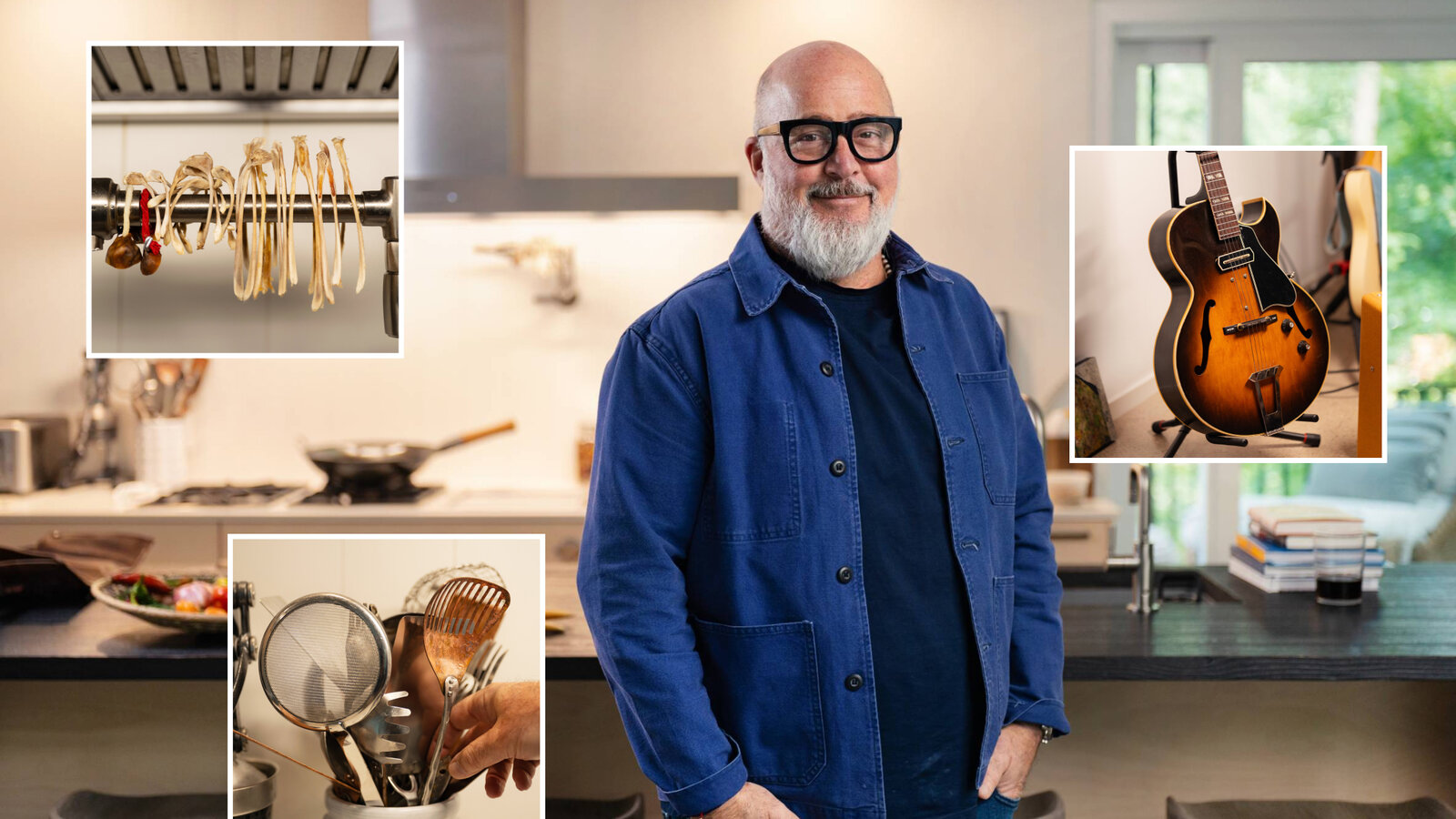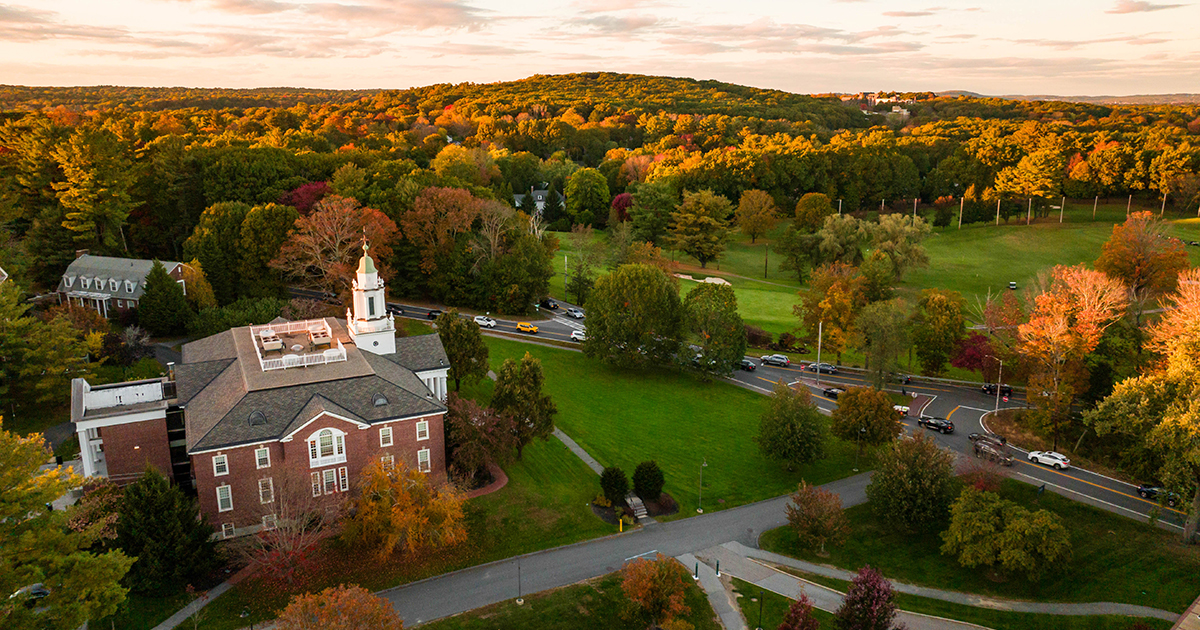A
ndrew Zimmern’s home is a testament to his journey from despair to culinary acclaim. The chef, clad in a blue work jacket, stands before his island, a quiet reminder of the life he rebuilt in the Twin Cities. When asked about his arrival, he recalls the night of January 28, 1992, a time when he had attempted suicide days earlier, battling addiction and a sense of emptiness. He had no home, sleeping in a New York flophouse after a binge of barbiturates and vodka. A friend’s call and a simple request for help led to a ticket to Minneapolis and admission to the Hazelden Betty Ford Foundation. Since then, the recovery community and the local food scene have been his lifeline, a support network he credits for keeping him alive.
His residence, a 3,600‑square‑foot black‑brick house acquired just before the pandemic, sits on more than two acres of wooded land. Designed in the 1980s by architect Keith Waters, the home features soaring ceilings, curved walls, and abundant windows. The landscape is framed by Norwegian red pines and Scottish fescue, creating a dramatic backdrop. Inside, a dining room with a black table, eight chairs, and walls adorned with prints and paintings serves as a stage for gratitude. Zimmern reflects on the contrast between those who rise from rags to riches without appreciation and his own fortune, which he views as a blessing that opened doors to shows like “Bizarre Foods” and projects such as “The Blue Food Cookbook,” a companion to his PBS series “Hope in the Water.” Co‑written with Barton Seaver, the cookbook urges readers to respect oceans, lakes, and rivers.
The kitchen is a custom‑built laboratory. A Yosukata carbon‑steel wok sits atop a dedicated burner, one of six cooking surfaces tailored to Zimmern’s preferences. Puustelli cabinetry houses dozens of knives in special inserts, while a 15‑foot red‑cedar island—charred in a traditional Japanese style—features a carved‑out for cutting boards. The island’s front door opens directly into the kitchen, a design he admired in Asia, allowing guests to watch him cook. Despite sleek surfaces and high‑end appliances, the space is alive with personal touches: a great‑grandmother’s salt cellar, a family carving set from the 1700s, and relics of turkeys and chickens that serve as reminders of life’s fragility. A white cylinder holds palette knives once owned by his stepfather, a painter, and copper pieces crafted by Jill Rikkers.
The living room, centered around a large fireplace overlooking the woods, extends the kitchen’s functionality. In winter, Zimmern cooks over a coal bed using custom grates, often preparing beef stew in lime‑green South African pots that impart a distinct flavor. The fireplace also contains hidden hooks for cooking chicken on a string or wire. A gift from restaurateur Will Guidara—a set of vintage escargot forks—reminds Zimmern of his early culinary adventures in France.
Hallways display a curated collection of prints, paintings, and photographs. He often gifts food photography to chefs at an annual dinner supporting New York’s Services for the Underserved. Among his favorites is Berenice Abbott’s “Blossom Restaurant, 103 Bowery, Manhattan,” noted for its striking gaze.
Below the main floors, a basement houses Zimmern’s second passion: guitars. Despite a hand condition that limits his ability to close his left hand fully, he collects instruments with fervor. Highlights include a National Sahara guitar once owned by Blake Mills, a Walter Becker Gibson ES‑175 from Steely Dan, and a collection of concert memorabilia. A wall of framed posters and photos, including a 2018 image of a Cheap Trick concert, captures moments of musical joy.
Outside, an adjunct kitchen features nine types of grills, including a Fogues TX model that can accommodate a pig, lamb, or deer. The setup includes a plancha, rotisserie, conventional grill, and baskets for up to 25 chickens. This outdoor space allows Zimmern to host large gatherings and experiment with diverse cooking techniques.
Zimmern, now 64, often reflects on his luck. “I’m the luckiest person I know,” he says, emphasizing his responsibility to give back. With a platform that reaches millions, he dedicates the majority of his efforts to causes that matter, from food sustainability to community support. His home, kitchen, and collections are not just personal spaces but extensions of his mission to inspire, educate, and nourish.














